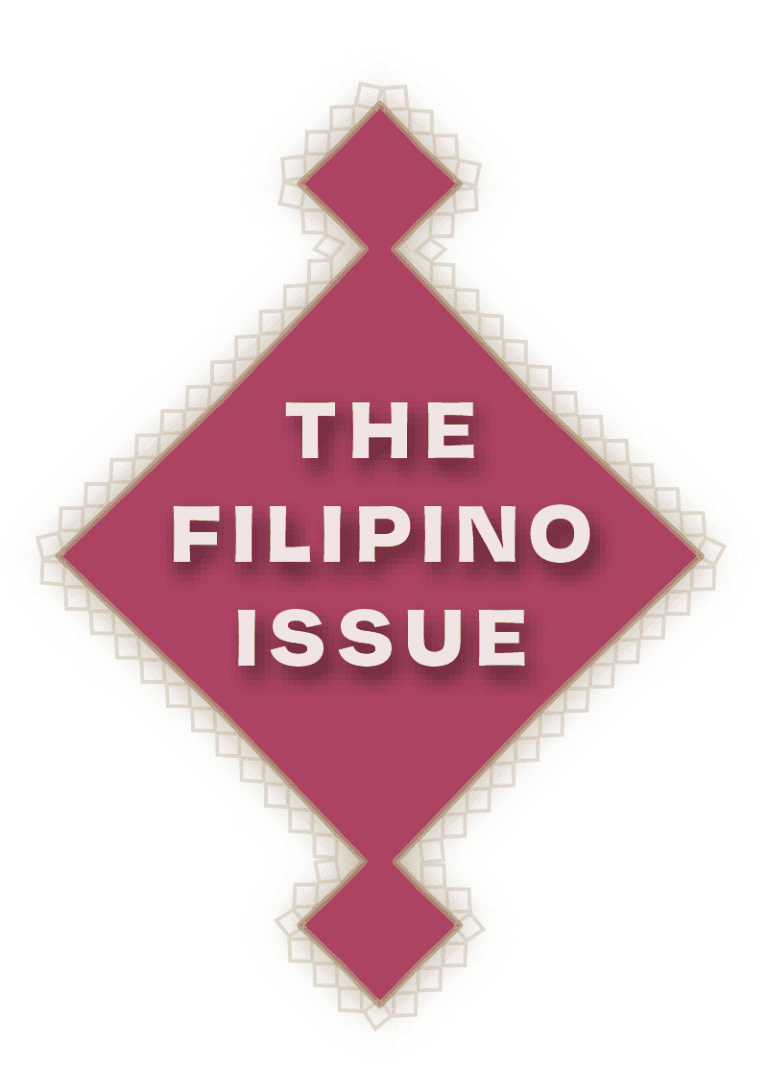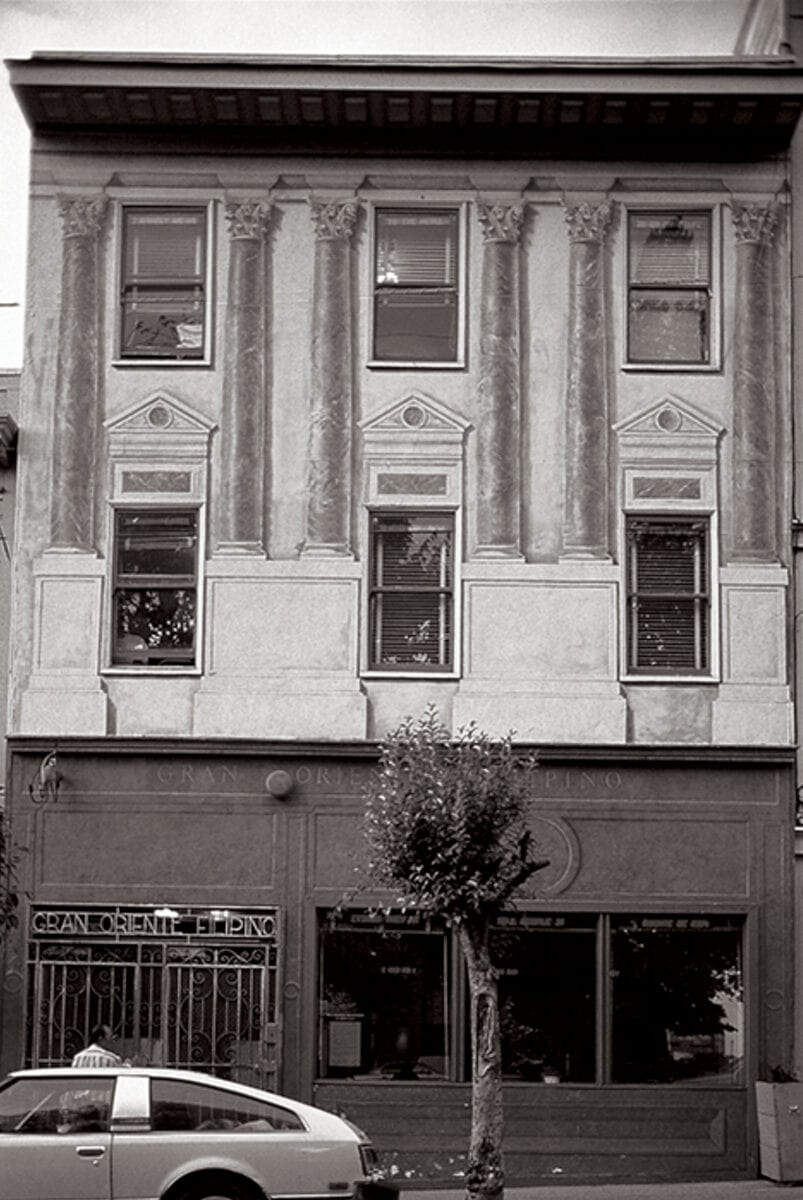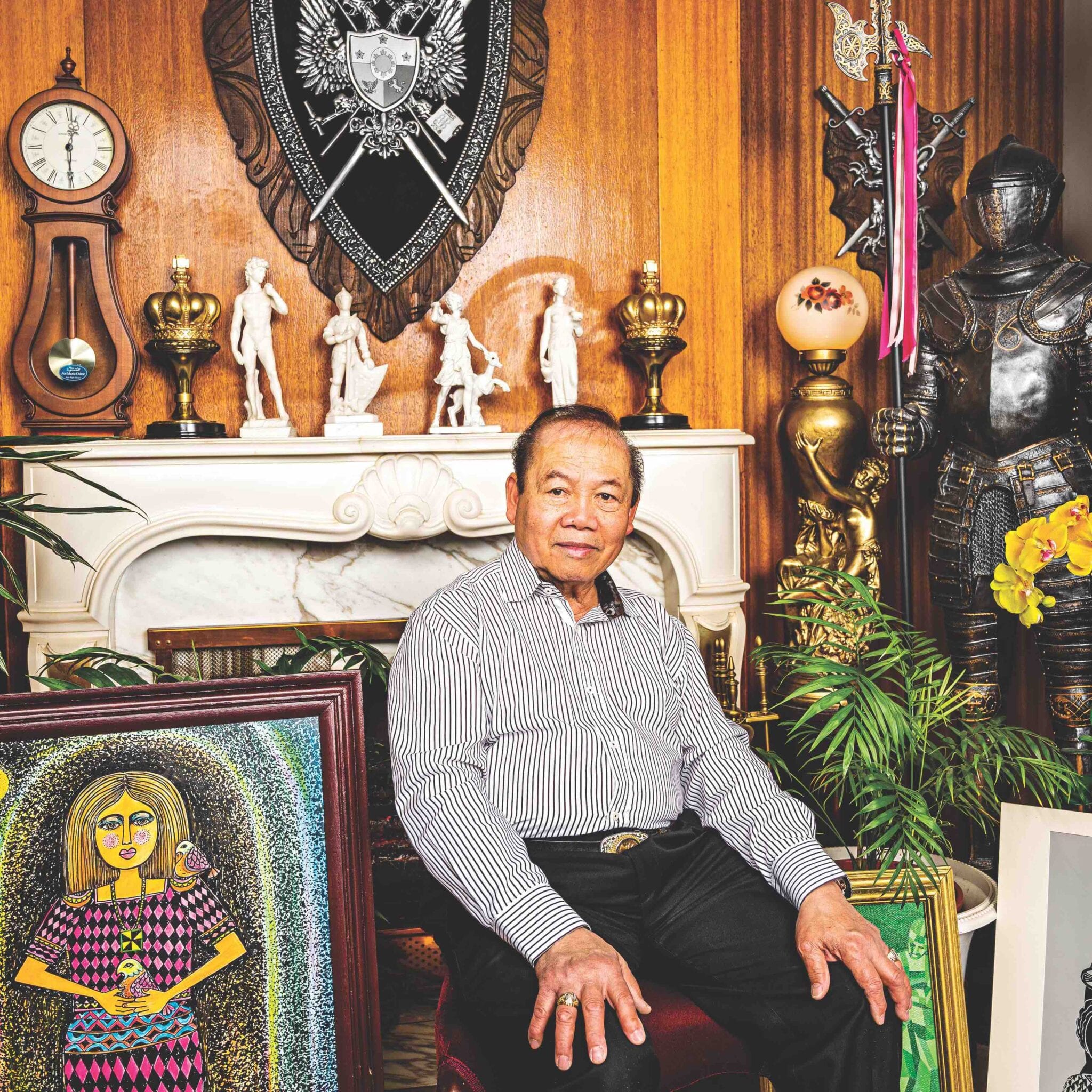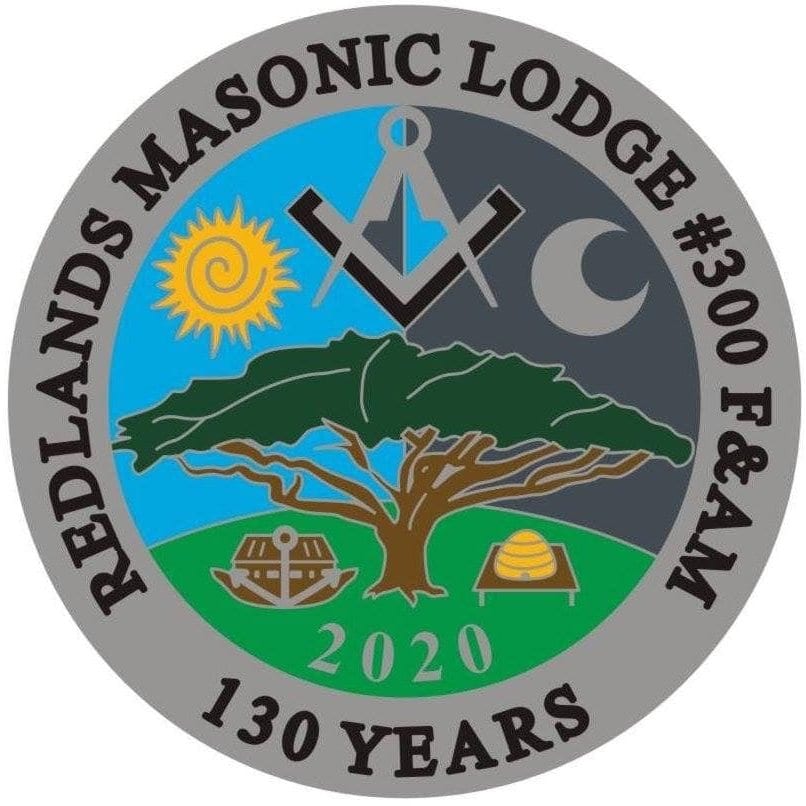
The Best Medicine
During the pandemic, MYCAF provided seniors at the Masonic Homes with vital connections.

By Gary Kamiya
To walk through San Francisco’s tiny South Park today is to visit one of the city’s toniest neighborhoods, with gleaming modernist jewel boxes fit between beautifully restored 19th-century walk-ups. In a sense, it hearkens back to the park’s origins: Hidden away off bustling Third Street, a block and a half from the Embarcadero, this unexpected little green oval began its life in 1854 as an exclusive residential enclave modeled after aristocratic British parks like Berkeley Square.
However, hiding within the glittering oasis of 21st-century wealth—the venture capital firm Kleiner Perkins, one of Silicon Valley’s most influential funds, is headquartered there—is a reminder of an altogether different past. In a nondescript three-story rooming house on the northwest side of the park sits the Gran Oriente Filipino Hotel; across the park, a conspicuously modest Masonic temple hides in plain sight. For decades, the Gran Oriente played a vital role in Filipino life in San Francisco, as well as birthing the first and most important Filipino Masonic lodge in the United States.
Today the Gran Oriente buildings register more as a historical curiosity than as bustling neighborhood fixtures. But for more than 80 years, the hotel—and later the Masonic temple it erected across the park—was a center of the Filipino American community, an important anchor of city life for those far from home. It began precisely 100 years ago, when in 1921 a group of 40 Filipino merchant marines formed a San Francisco chapter of the Gran Oriente Filipino, a Masonic organization whose grand lodge was headquartered in Manila.
The founding members of the San Francisco group were part of the great wave of Filipino immigration to the mainland that began in the wake of the Spanish-American War. Like other Asian immigrants, Filipinos were subjected to tremendous racial discrimination in the United States, forced to live in ghettos near Chinatown or in other “undesirable” enclaves. Most Filipinos in San Francisco were grouped in what came to be known as Manilatown, a small neighborhood near Portsmouth Square, practically in the shadow of today’s Transamerica Pyramid. Others were allowed to live in South Park, the formerly glitzy quarter that had fallen into squalor, and which was by then home to a small Japantown. In their heyday in the 1920s and 1930s, these Filipino neighborhoods were home to some 30,000 immigrants living temporarily in more than 40 residential hotels.
Restricted to low-paying jobs regardless of their training or education, most Filipinos worked seasonally in the fields of the Central Valley, in canneries, or as dishwashers, domestic servants, busboys, or janitors. Others joined the Merchant Marine or the Navy (the latter being one of the few career options that offered a pathway to citizenship). Because of restrictive immigration laws, the vast majority of early Filipino immigrants were single men. Living without their families and cut off from social networks, many joined fraternal organizations in search of support and to preserve their culture. One of the earliest and most important of these was the Gran Oriente Filipino.
Above:
Members of Mayon Lodge No. 19 in Stockton pose circa 1935. At one point, there were 17 Gran Oriente Filipino lodges in California.
It’s no surprise that Masonry was the catalyst for such groups. Thanks to its association with the heroes of the Philippine fight for independence, Freemasonry was central to the Filipino immigrant experience.
In the U.S., Filipino immigrants flocked to several Masonic and quasi-Masonic lodges, including the Gran Oriente. The largest of these was the Caballeros de Dimas-Alang, not strictly speaking a Masonic body, but one that borrowed many of its symbols and regalia. Among the other fraternal groups was the Grand Lodge of the Philippine Archipelago, a short-lived Masonic jurisdiction with lodges in Berkeley, Oakland, San Pedro, San Diego, and Hawaii, which dissolved in the 1930s. The other great Filipino Masonic organization was the labor-focused Legionarios del Trabajo, which in 1937 approached the Grand Lodge of California to request official Masonic recognition. (It was denied.) At their peak, these groups included more than 3,000 members.
The Gran Oriente Filipino, which more closely resembled California blue lodge Masonry, grew to include some 20 subordinate lodges in Los Angeles, Stockton, and elsewhere. However, because it traced its lineage to the Spanish-backed lodges in the Philippines, not to the Grand Lodge of the Philippines that was officially recognized by the Grand Lodge of California, it was not formally recognized here. Despite that, a committee reported in the 1936 California Grand Lodge Proceedings that “This body is doing purely Masonic work with its membership devoted to Masonry.”
The Gran Oriente held its earliest meetings on Powell Street, a few blocks from Manilatown. In 1935, it moved south of Market and began leasing the three-story rooming house at 104-106 South Park, formerly the site of the Japanese-run Omiya Hotel, where at least three Gran Oriente Filipino lodges would go on to hold meetings (including José Rizal Lodge No. 12, Sinukuan No. 6, and Biak-na-Bato No. 14). The Gran Oriente leased out the building’s 24 single-occupancy rooms, which had no kitchens and communal bathrooms, at low rates to lodge members and Filipino workers. Because it allowed transient workers to retain their rooms while working in the fields or at sea, to store their belongings, and to keep their money with hotel managers, residential hotels like the Gran Oriente played a vital role in sustaining the Filipino community in San Francisco.
In 1948, at the height of the Gran Oriente’s membership, it purchased the building at 104-106 South Park. Three years later, it constructed a new Masonic temple across the park (on what is now known as Jack London Alley). The Moorish-style hall, with the words “Dedicated To The Supreme Architect Of The Universe” inscribed above the entrance, still exists today as the meeting site for Rizal No. 12. The lodge room is on the second floor, with offices and a dining hall on the first floor. Years later, the group purchased the apartment block next door.
Together, the properties provided not just low-cost housing to recent arrivals, but also social and educational activities. As with other Masonic lodges, the Gran Oriente required that members be recommended by another member, believe in a Supreme Architect, and maintain an upstanding character, with no criminal record. “The members were practicing the tenets of brotherly love, relief, and truth,” a former member was quoted in Voices: A Filipino American Oral History. “Our duty is to help one another, not just members of the order, but other Filipinos and other races who need help.”
For decades, the Gran Oriente Filipino did just that. Anthony Antaran, the current grand secretary of the Gran Oriente Filipino and a member of Rizal No. 12, recalls that in the 1940s, the lodge purchased a property in Morgan Hill that included a clubhouse, swimming pool, and tennis courts, that was supposed to serve as a retirement home for members. “Morgan Hill was a major asset to the Gran Oriente Filipino,” Antaran says. Tragically, though, the property was destroyed by a storm during the 1960s and soon sold off.

Around the same time, the Immigration and Nationality Act of 1965, which ended national quotas, and the Fair Housing Act of 1968, changed Filipino immigration patterns dramatically. Filipinos moved out of Manilatown and South Park and into places like Daly City, still the densest Filipino ethnic enclave in the U.S. (The infamous 1977 eviction of Filipino tenants of the International Hotel was the last gasp of old Manilatown in San Francisco.) Meanwhile, Filipinos began entering California blue lodges in greater numbers by the 1960s and ’70s.
That was the beginning of the end for the Gran Oriente. In the 1990s, as South Park was transforming into a techie magnet, the fraternity was in deep decline. Today, Rizal No. 12 is the only Gran Oriente lodge left in California (there is another in Seattle), and counts only about a dozen members on its rolls.
So in 2018, after having been approached many times over the years by private developers, the lodge owners finally elected to sell the old hotel building. Wanting to preserve its historic link to the Filipino community, the lodge was connected to the affordable-housing nonprofit Mission Housing Development Corporation, which purchased the hotel for $4.5 million, along with two other former SROs in South Park. (The lodge still owns the temple and apartment complex.) With the aid of city funds, the Gran Oriente hotel will be completely renovated and used to house formerly homeless and very low-income residents. Sam Moss, executive director of MHDC, says that when the Gran Oriente reopens in late 2021, priority will be given to neighborhood residents and Filipinos, many of whom still live south of Market Street.
For a century, the Gran Oriente Filipino played an outsize role in Filipino affairs. That connection has been worn away by time and change, but its continued presence, even in diminished form, is almost unbelievable today—and inspiring. The timeless values behind it—belief in helping the less fortunate and in providing a sense of community—will live on in South Park.
PHOTOGRAPHY CREDIT:
Winni Wintermeyer
Aileen Lainez/Positively Filipino
Holt-Atherton Special Collections, University of the Pacific Library

During the pandemic, MYCAF provided seniors at the Masonic Homes with vital connections.

